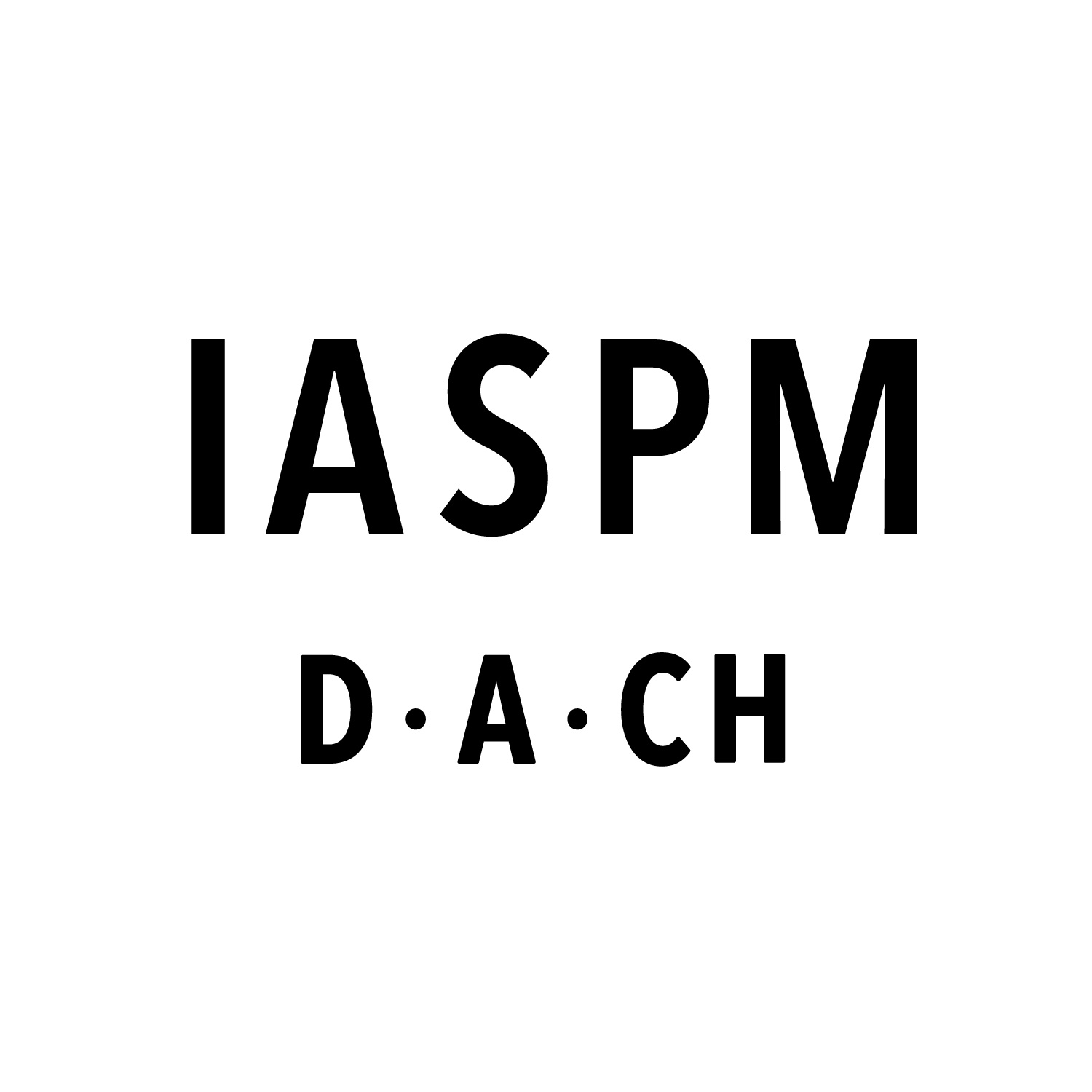CfP: IASPM Canada 2025 – Let Your Body Move to the Music (16-19.10.2025, Toronto Metropolitan University) Deadline: 15.04.2025/ 01.05.2025
Let Your Body Move to the Music: Popular Music and the Body
2025 International Association for the Study of Popular Music (IASPM) Canada Conference
Toronto Metropolitan University (TMU), Toronto, ON
October 16-19, 2025
Early submission deadline (for possible funding consideration): April 15, 2025
Submission deadline: May 1, 2025
Submit IASPM 2025 proposals here!
Alternatively, submit proposals to: iaspmcanada2025[at]gmail[dot]com
The body has been central to Popular Music Studies since the field’s inception, as the experience of musical participation is not only an auditory process but involves a bodily engagement with sonic properties. For Susan McClary, this is precisely where the politics of music reside: where musical sound and bodies interact and where normative behaviours, subjectivities, and logics are destabilized. This conference explores the capacious theme of popular music and the body. How do our bodies mediate, enhance, and/or limit our interactions with popular music? How are practices of music-making, listening, and dancing tied to bodily capacities and desires? How does participation in popular music produce, resist, and disseminate logics of bodily norms and deviations?
In addition to those that address broad questions about popular music and the body, we encourage submissions that relate to the following themes:
Feeling rhythms, temporalities, and grooves. In Groove: A Phenomenology of Rhythmic Nuance, Tiger C. Roholt argues that “feeling a groove, and understanding it, does not occur in thought, nor in listening alone, but through the body” (1-2). How does popular music encourage or potentialize new conceptions of embodied temporalities and rhythms? What collective rhythms are made possible or impossible through popular music? How do certain rhythms and/or genres encourage specific types of bodily participation and how are these expectations challenged?
Embodiment, subjectivity, and the body politic. Barry Shank argues in The Political Force of Musical Beauty that music is “one of the central cultural processes through which the abstract concept of the polis comes into bodily experience” (16). How does participation in popular music inform the way we understand ourselves, our bodies, and our place in the world? How do our bodies learn through and alongside music? How does music elicit collective feelings? How does music (dis)connect you with others and broader collective bodies?
Intimacy, sex, and eroticism. In “On a Lesbian Relationship with Music,” Suzanne Cusick argues that participation in music shares a closeness with sex as “a way of expressing and/or enacting relationships of intimacy through physical pleasure shared, accepted, or given” (70). How do bodily interactions with and through popular music potentialize intimacy, lust, and/or care? How does music inform sexual desires and experiences? How do specific genres of popular music encourage certain understandings of sex and eroticism? What can bodies do when they come together through music?
Bodily connections, bodily control, and the body as a battleground. In her book In the Houses of the Holy, Susan Fast writes that “I am in your rhythm and therefore in your body—we are one, perhaps first through sharing an ‘extradaily’ time and second through the particular rhythmic, melodic, harmonic, and timbral gestures, which impact on our bodies in a particular way” (131). How does music connect bodies? How are bodies controlled (and uncontrolled) through popular music? How does the nation use popular music to compel certain embodiments and bodily capacities? How do we break free of bodily constraints? Can listeners and/or dancers experience liberation through bodily participation in popular music? What are the boundaries between “proper” and “improper” bodily engagements with popular music? What can bodies do?
Penetrated, enhanced, and virtual bodies. When describing her dancing practices in her book Raving, Mackenzie Wark writes that “I want the situation, the entire situation, to fuck me. I want to be penetrated by light, fog, the floor, the walls, the anonymous swaying bodies. I want to be railed by pounding sound” (38). How does music animate our bodies? How are bodies and bodily norms changing in light of contemporary music technologies? What effects does artificial intelligence have on the bodies of performers, listeners, and dancers? How are bodily capacities enhanced and altered through popular music participation? What are bodies and what might bodies be?
The Program Committee welcomes proposals for submissions on all popular music topics, not just those specified above.
Submission Guidelines:
Abstracts of individual papers, workshops, performances and other presentations should be no longer than 300 words. The program committee is especially interested in proposals in diverse formats. Panel submissions should include a title and abstract for the panel (300 words max.) as well as titles and abstracts for the individual papers on the panel. All abstracts for a panel should be submitted together, with one member or respondent designated as the chair. Abstracts will be adjudicated individually, so it is possible for a panel to be accepted but not an individual paper and vice versa. Each abstract should also include a short biography of the author (100 words max.) including the institutional affiliation, if any, and email address of each author. Each abstract should also include five keywords. Submissions in French and English are acceptable. IASPM Canada uses anonymized peer review to vet proposals.
Submit proposals to: iaspmcanada2025[at]gmail[dot]com
Presentation Logistics and Modality:
Papers will be limited to 20 minutes followed by 10 minutes of questions. Panels will be limited to a maximum of 4 papers. Other presentations (workshops, film screenings, roundtables, etc.) will generally be limited to 60 minutes, but alternatives can be proposed. All participants must be members of IASPM-Canada at the time of the conference. Membership information is available on the following website: https://www.iaspm.ca/signup.
For questions about the conference, please contact the Program Committee Chair Richard Sutherland (rfsutherland[at]mtroyal[dot]ca) or Local Organising Chair Craig Jennex (craigjennex[at]torontomu[dot]ca)
Program Committee Members:
Richard Sutherland, Chair (Mount Royal University)
Melissa Avdeeff (University of Stirling)
Steven Baur (Dalhousie University)
Alexandrine Boudreault-Fournier (University of Victoria)
Craig Jennex (Toronto Metropolitan University)
Charity Marsh (University of Regina)
Danick Trottier (Université du Québec à Montréal)
